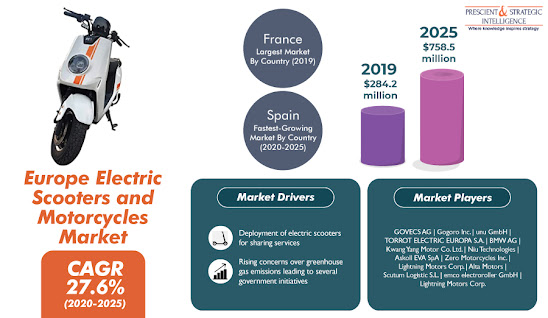The increasing implementation of legislations and policies aimed at promoting the deployment of autonomous cars by various state and central governments is fueling the demand for autonomous cars in North America. As per reports, the number of legislations and policies being passed regarding autonomous car deployment is growing rapidly in North America every year. In the U.S., 15 states passed 18 bills related to autonomous vehicles in 2018 and as many as 29 states have enacted various autonomous vehicle-related laws.
These initiatives are massively boosting the deployment of autonomous cars in North America. Apart from this factor, the growing popularity of connected cars and the rapid technological advancements and innovations being made in connected car technology are also propelling the demand for autonomous cars in North America. Because of their unique features such as roadside assistance, smartphone connectivity with the vehicle, real-time traffic monitoring, and traffic and collision warnings, the popularity of connected cars is soaring in the region.
Moreover, the rapid digitization in connected cars is also fueling the demand for autonomous cars, which is, in turn, driving the progress of the North American autonomous car market. As a result, the value of the market is predicted to rise to $52.3 billion by 2030. Furthermore, the market is predicted to progress at a CAGR of 17.1% between 2023 and 2030. Based on vehicle autonomy, the market is divided into fully autonomous and semi-autonomous cars.
 |
| Request to Get the Sample Report |
Between these, the semi-autonomous car category recorded higher growth in the market during the last few years. This was because of the huge sales of level 1 semi-autonomous cars in the region in the past years, on account of the implementation of favorable government regulations regarding the adoption of safety features in vehicles. For example, the National Highway Traffic Safety Administration (NHTSA) has made the usage of electronic stability control (ESC) mandatory in all passenger automobiles manufactured after 2012.
When vehicle type is taken into consideration, the North American autonomous car market is classified into hybrid electric vehicle (HEV), battery electric vehicle (BEV), and internal combustion engine (ICE). Out of these, the BEV category will demonstrate the fastest growth in the market in the forthcoming years, as per the estimates of the market research company, P&S Intelligence. This will be because the adoption of fully autonomous technology is easier in BEVs in comparison to other vehicles.
Across the globe, the North American autonomous car market recorded the highest growth in the U.S. during the last few years. This was because of the inclination of a large number of customers toward level-2 autonomy or more-advanced cars in the country. In addition to this, the existence of several original equipment manufacturers (OEMs) and the subsequent launch of new models equipped with advanced automation features and technologies are further bolstering the market advancement in this country.
Make Enquiry Before Buying the Report: https://www.psmarketresearch.com/send-enquiry?enquiry-url=north-america-autonomous-car-market
Hence, it can be said with full surety that the demand for autonomous cars will surge sharply in North America in the coming years, primarily because of the growing enactment of favorable government policies and regulations in the region.
























